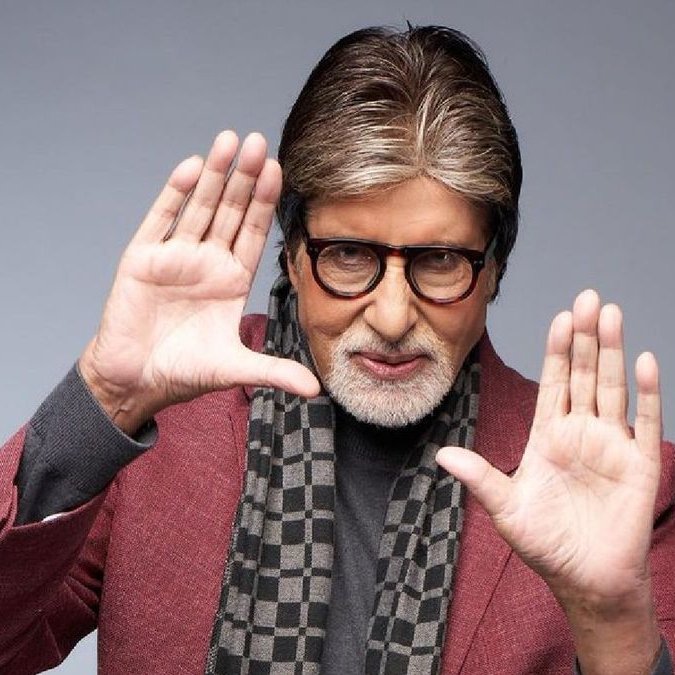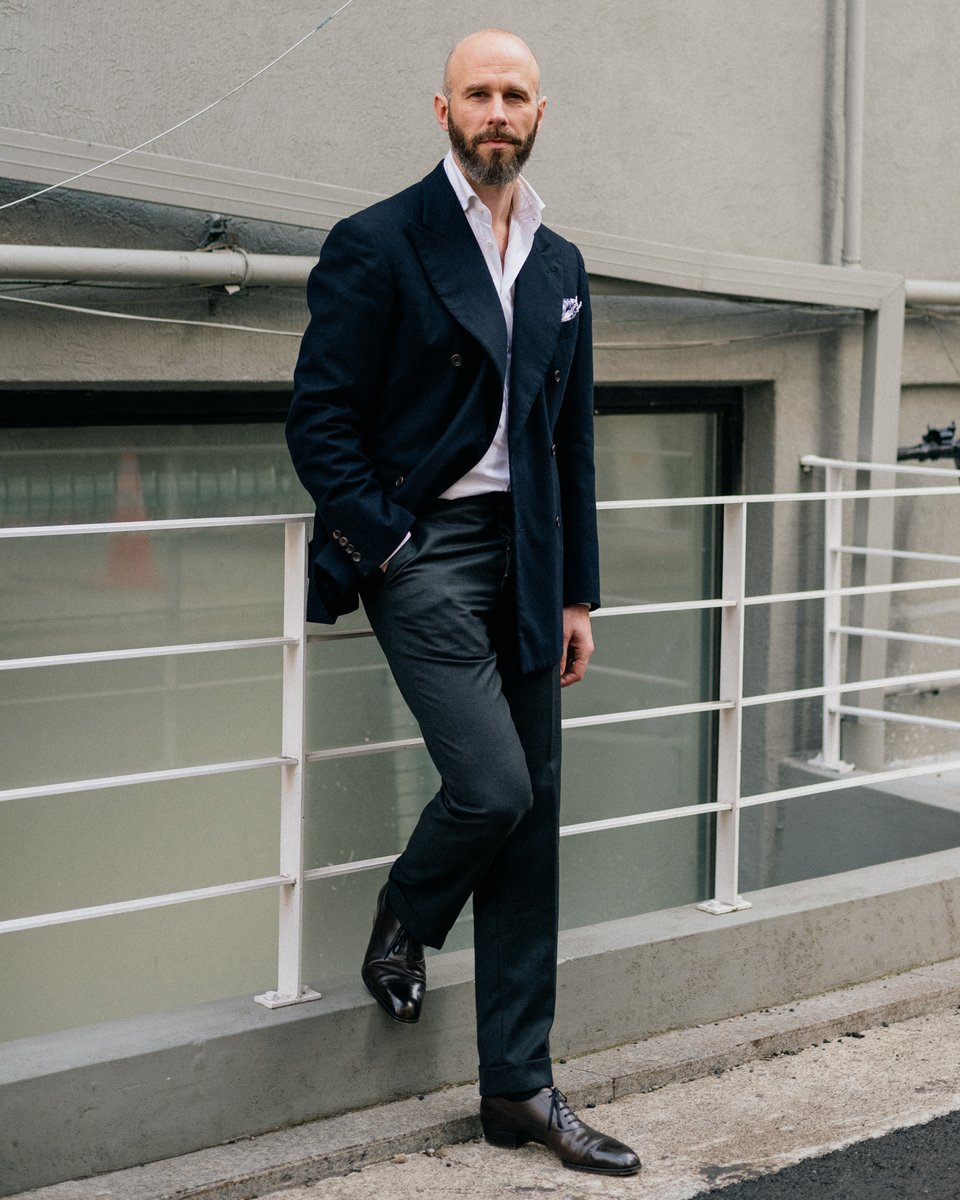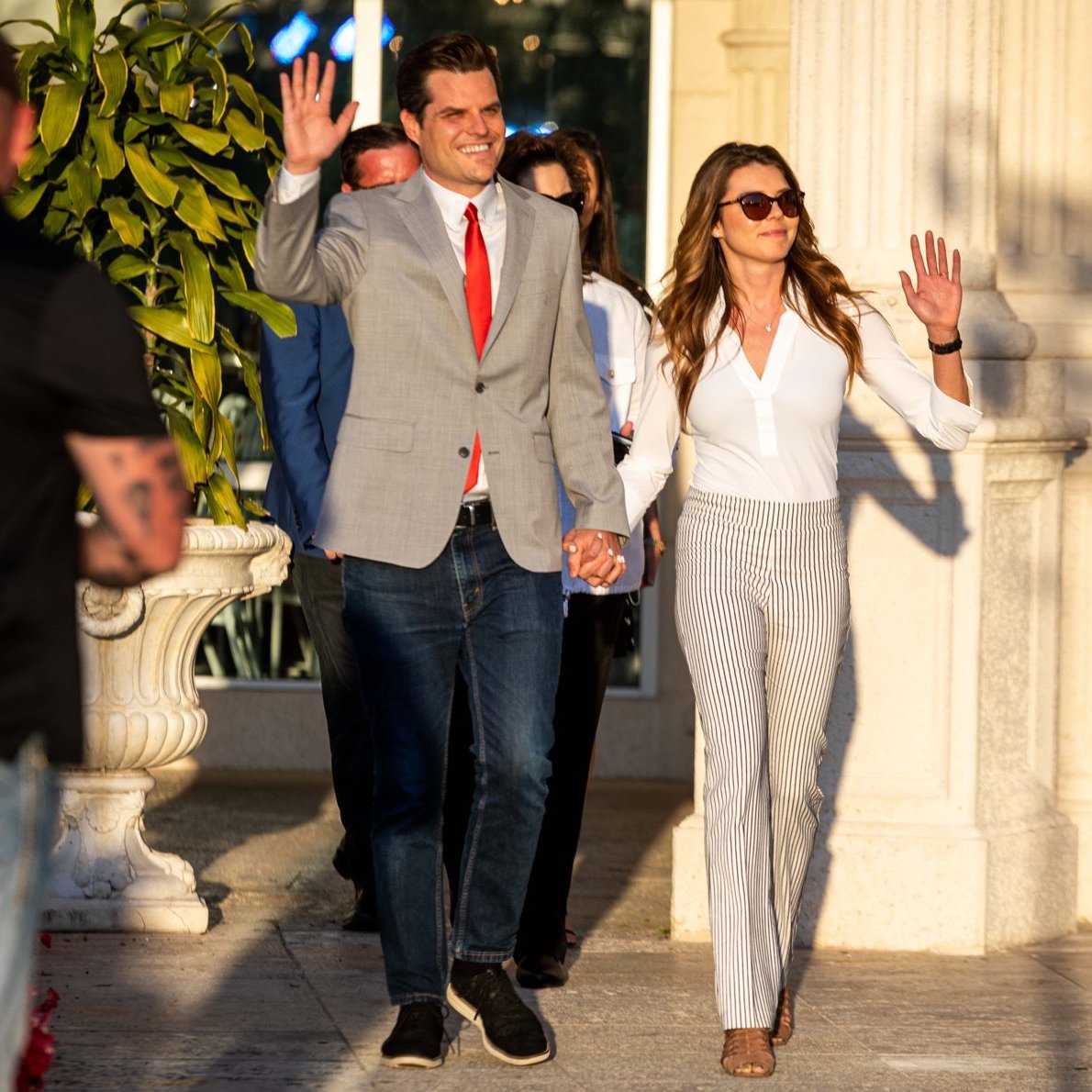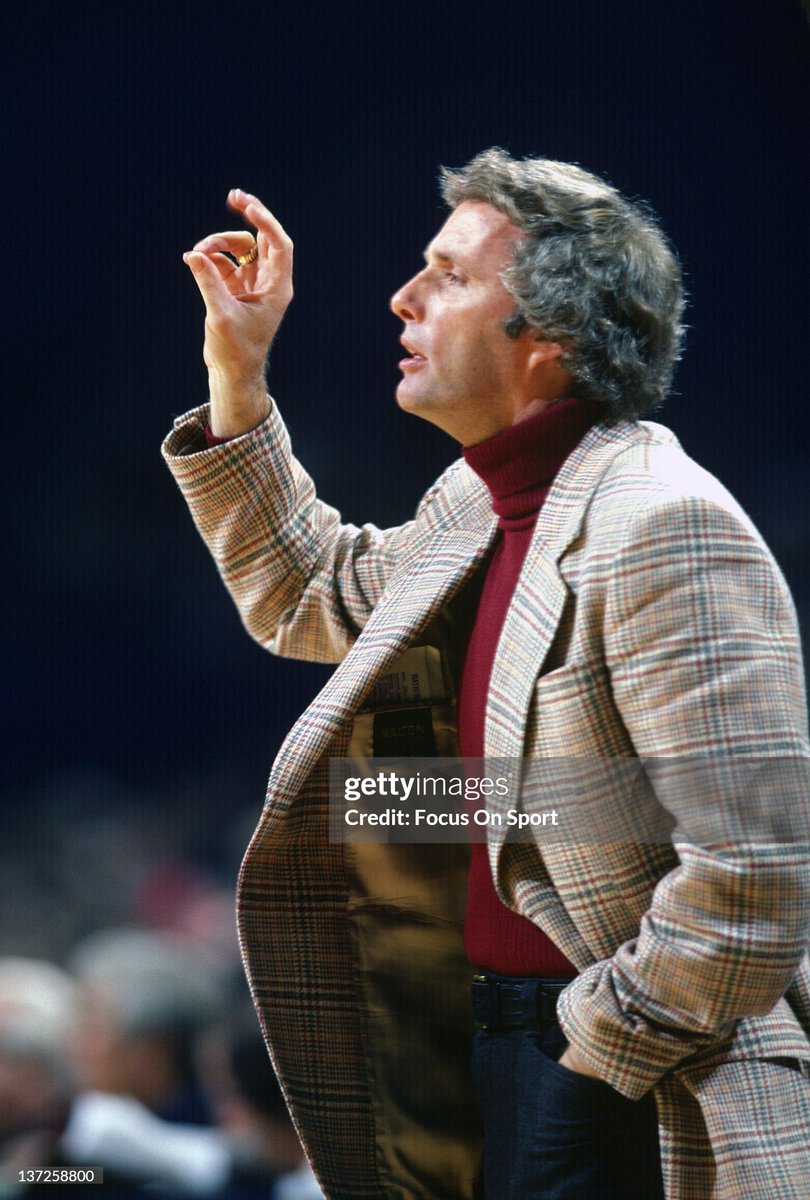I would be happy to.
Here are some well-dressed Indians. 🧵
Here are some well-dressed Indians. 🧵
https://twitter.com/bigdlckcheney/status/1872542451963195415
The first person who comes to mind is Yashwant Rao Holkar II (full name Maharajadhiraj Raj Rajeshwar Sawai Shri Sir Yeshwant Rao II Holkar XIV Bahadur), who was the Maharaja of Indore. He occasionally wore beautiful garb that I can only assume is traditional to Indian culture. 



Unfortunately, I don't know much about non-Western forms of dress, so I can only speak to the Western forms of attire that he wore. Here he is in white tie. Everything here is impeccably tailored—collar hugs neck, no divots, perfect peak lapel and gorge. 

When Trump visited the Queen, I was shocked by how his waistcoat peeked out from underneath his black tailcoat. Awful. But no such issue for Yashwant Rao. By keeping the white waistcoat shorter than the tailcoat, you preserve the harmony of the suit. Much more elegant. 



Yashwant Rao also wore some dashing double-breasteds. If I were present at his fittings, I would perhaps see if I could lower his buttoning point just a touch. Still, the quality of the tailoring is evident and the full curvy roll on that lapel demonstrates quality pad stitching 



Here we see him in some traditional dress coats—the first appearing to be a polo coat and the second an Ulster (albeit rendered in a finer overcoating than the heavy tweeds traditionally used for this design). I suspect the lapels were finished with a back stitch near the edge. 



Here he is on vacation (possibly on a safari). You'll notice that the combo is coherent—sporting tweed with a gun patch, combined a sporty shirt and pith helmet. Very different from ppl today who combine sporting details with business clothes (e.g. satin tie with gun patch tweed) 



The man even looked elegant at home wearing silk dressing gowns and piped pajamas. Notice that these clothes fit very full. Many ready-to-wear brands today produce slim-fit pajamas, which make no sense to me since tight clothes are uncomfortable in bed. 



For someone more contemporary, check out Amitabh Bachchan. The Bollywood actor sported knits-on-knits, suits with flared trousers, and dashing 1970s style eyewear. 



Amitabh Bachchan understands proportion: big lapel with big collar and big eyewear. Compare to RFK Jr., who wears a medium wide lapel with a dinky collar and shoestring tie. To make that outfit work, you have to narrow the lapel and widen the tie. Proportions have to harmonize. 



Bachchan here shows how you can do tonal outfits by varying fiber, sheen, and shade, rather than color. And how you can ditch the tie by wearing a more casual suit (not a dark worsted) with a turtleneck (not white dress shirt). Patterned scarf adds visual interest. 



Fundamentally, he looks good because his tailoring is well done. Collar hugs the neck, high armholes, jacket ends about halfway from collar to the floor.
If people find those outfits too traditional, then I'll introduce you to my friend Agyesh, who runs one of my favorite brands. Stoffa is one of those rare brands that does classic, casual menswear in a way that feels true to the original spirit but also looks new and interesting. 



Agyesh got his start at Isaia and *really* knows fabrics. So it's no surprise that the heart of Stoffa is in luxurious materials. If you follow me here, you've probably seen me post their lookbooks often because I'm so enamored by the brand. 







Have I ever seen a well-dressed Indian man? Yea, Agyesh's dad. Look at this guy—insane levels of cool. 







I also love these looks on Sahaj Anand. Great use of color and proportions, especially in those soft, dusty colors and tonal outfits. 







Lastly, Indian style isn't limited to just well dressed men; it also includes materials and certain production techniques. Most notable is madras, named after the city now called Chennai. Supposedly, this is an Indian interpretation of Scottish tartans. 



Madras is typically hand-woven and then colored using vegetable dyes, which makes it not very colorfast. In the early days, it would bleed, which caused one Brooks Brothers customer to angrily storm into a shop one day demanding a refund after a shirt ruined his wash. 

Thereafter, Brooks Brothers labeled all their shirts "bleeding madras" and "guaranteed to bleed," turning the bug into a feature. Modern madras is colorfast, but purists, including me, fancy the older, original stuff where possible. 



If the material looks familiar, it's because traditional American clothiers such as Brooks Brothers, J. Press, The Andover Shop, and Winston Tailors (who made for JFK) turned bleeding madras into shirts, sport coats, and even trousers. 







True diehards go for the real stuff: patchwork madras. I can't tell if this stuff is easier to wear as a sport coat or pair of odd trousers, but it takes a bit of gusto either way. 



In any case, I could name more well-dressed Indians and the contributions that India has made to men's style, including finely hand-loomed scarves, artisanal block prints, niche production houses for Hermes, and contemporary brands like Kartik Research, Harago, and Kardo. 







There's a whole world of Indian contributions to men's style, even in the space of Western aesthetics. But you can't be a racist fuckwad if you want to learn about the world. 







• • •
Missing some Tweet in this thread? You can try to
force a refresh


































